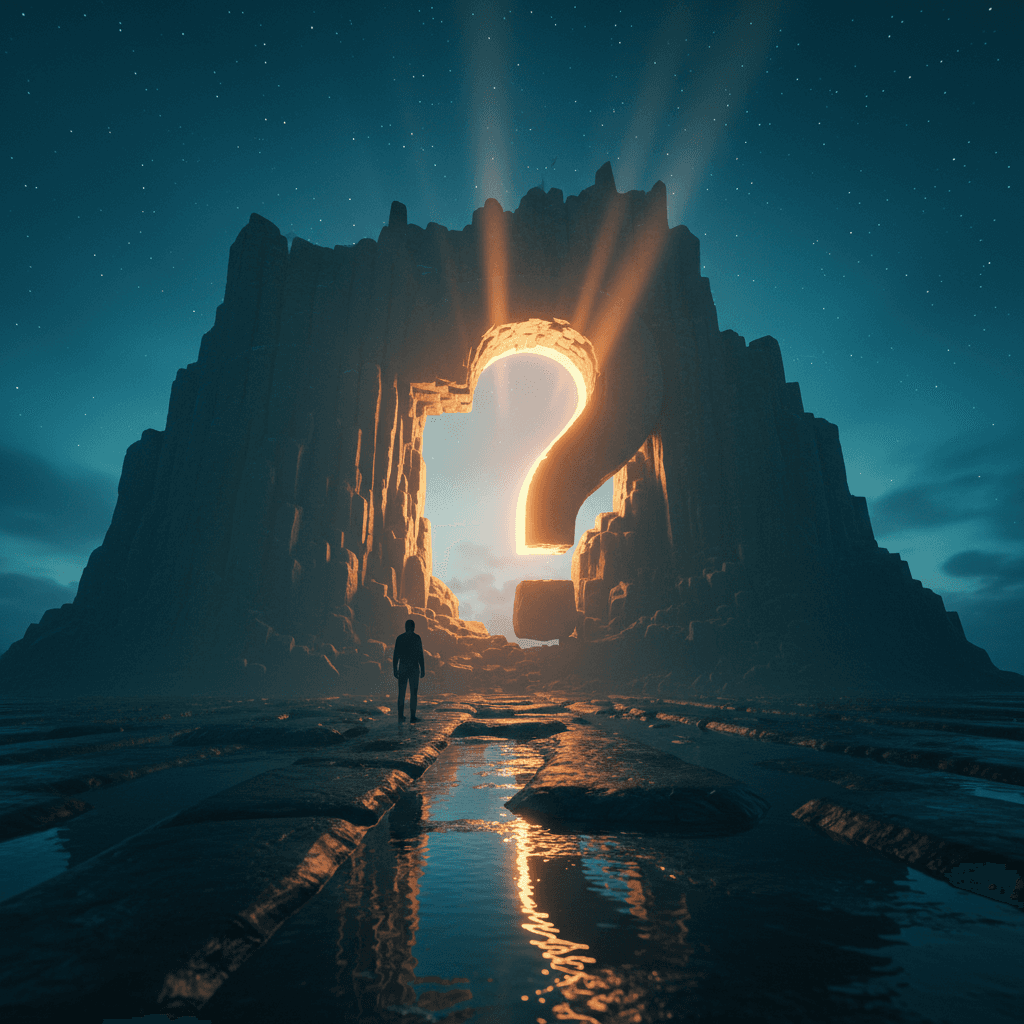Brave Questions Unlock the Truth of Curiosity

Tell the truth of your curiosity; the answer often waits inside the first brave question. — Chimamanda Ngozi Adichie
Beginning With Honest Wonder
Adichie’s line urges a simple but radical move: admit what you truly want to know, then voice the first brave question. The honesty comes first, because curiosity without candor easily slides into performance or defensiveness. Yet once named, that honest question acts like a key, opening a door that opinions alone cannot. In this sense, courage is not spectacle but orientation; it turns us toward reality rather than toward our own echo.
Adichie’s Ethics of Many Stories
Moving from principle to example, Adichie’s TED Talk The Danger of a Single Story (2009) argues that lives flatten when we accept one narrative. Her remedy is curiosity disciplined by respect: ask for the second story, then the third. In novels like Americanah (2013), characters use their questions about race, migration, and belonging to trouble convenient certainties. Thus, the brave question is not a spotlight on the asker’s cleverness; it is a lantern held out so more people can step into view.
From Socratic Dialogue to Scientific Leap
Historically, transformative insight often began as a stubborn question. Socrates’ dialogues in Plato show inquiry as a civic duty, where good questions expose hidden assumptions. Centuries later, Einstein’s light-beam thought experiment (1905) began with a childlike what if, bending physics into new shapes. Even in everyday problem-solving, the right first question reframes the puzzle: not how to make candles cheaper, but how to create light. In each case, the question’s bravery lies in its willingness to unsettle what seems settled.
The Psychology Behind Asking First
Psychological research clarifies why the first question is catalytic. George Loewenstein’s information-gap theory (1994) shows that curiosity spikes when we sense a gap between what we know and what we want to know; the clearer we name the gap, the stronger the pull to close it. Relatedly, the question-behavior effect (Spangenberg et al., 2003) finds that asking ourselves about a future action increases the likelihood we will do it. So, a brave first question does not merely solicit facts; it mobilizes attention and primes follow-through.
Power, Risk, and Who Gets to Ask
Yet bravery is required because questions have politics. Some voices are punished for curiosity, not praised. Ida B. Wells’s 1890s investigations began with why lynchings occur, and her persistence exposed a national lie at real personal risk. Philosopher Miranda Fricker’s concept of epistemic injustice (2007) shows how credibility gaps silence many askers before they begin. Therefore, telling the truth of curiosity also means creating conditions where the vulnerable can ask first and be heard fully.
Practices for the First Brave Question
Finally, translate the ideal into habits. Before proposing answers, articulate your gap: what am I missing. Then make the question braver by adding vulnerability or stakes: what evidence would change my mind; who is affected if I am wrong. In teams, use how might we framing to invite collaboration rather than defensiveness, and rotate facilitation so permission to ask is widely shared. Step by step, these practices ensure that the answer waiting inside the first brave question has a fair chance to speak.